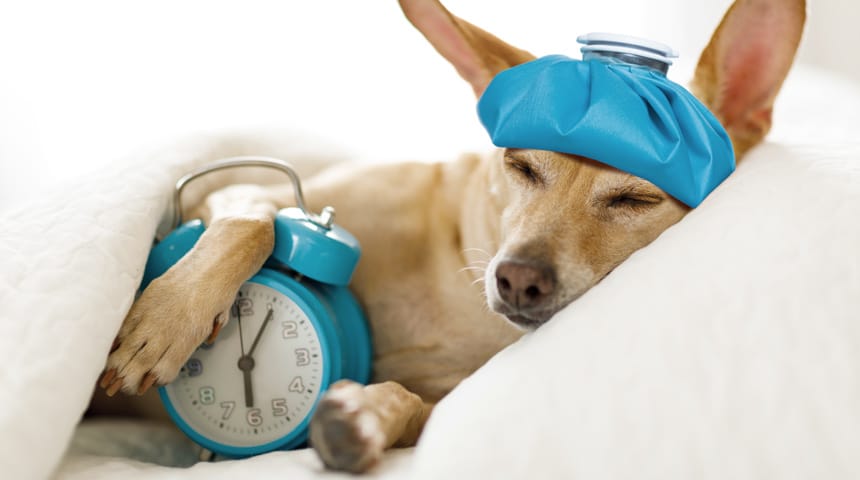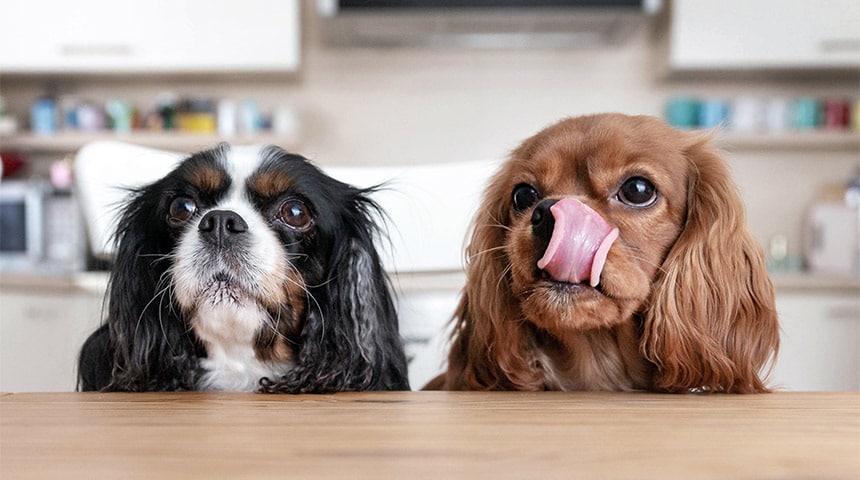Decorations, guests, and good food will be on the agenda for your holiday celebrations!
In order for everything to go smoothly for your pets, here are some precautions you should take:
- Never leave dishes unattended, as cooked turkey bones, desserts, chocolate or even bread dough could cause serious harm to your pet.
- Tell your guests and children not to give table food to your pets.
- The poinsettia, Jerusalem cherry and Christmas cactus are poisonous plants for your pets. Keep them out of their reach.
- Watch out for icicles, garlands and breakable balls in your tree. In addition, if you have a natural tree, hide the base to prevent your pets from drinking water. Your tree’s needles are toxic to rabbits.
- Put gifts in a safe place. Discard all bows and decorative ribbons quickly.
- If your pet is stressed, bring him to a quiet place. The use of Féliway or Adaptil helps reduce stress in cats and dogs.
- When your guests leave, watch out for runaways!









